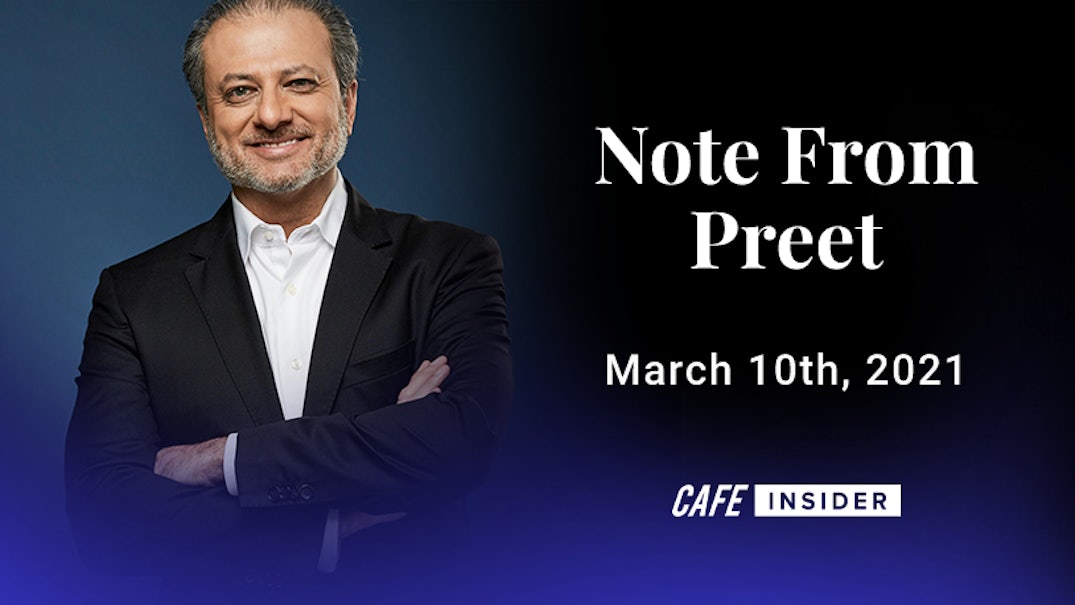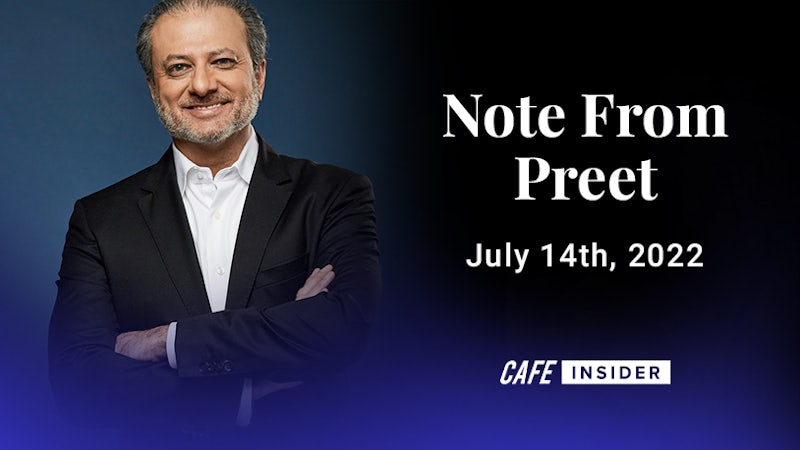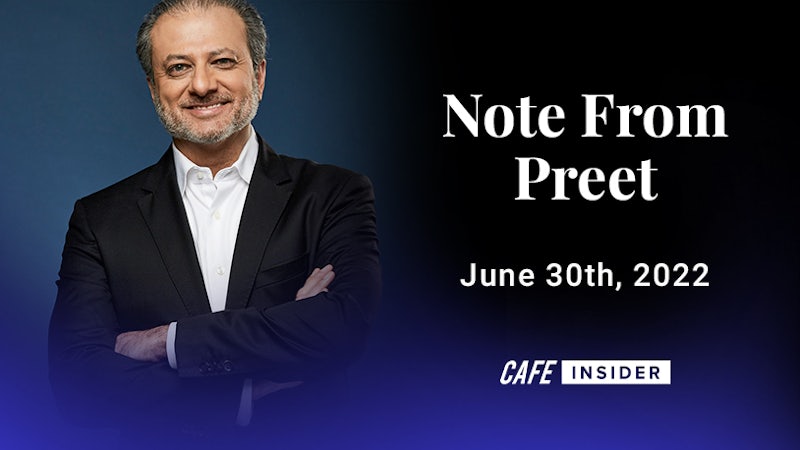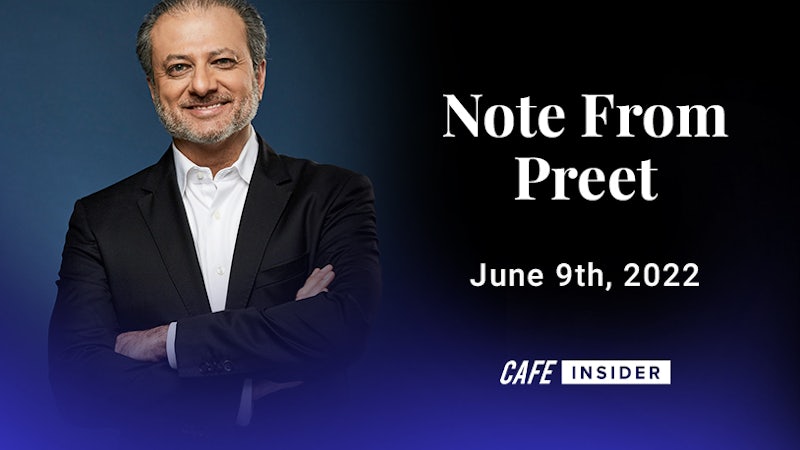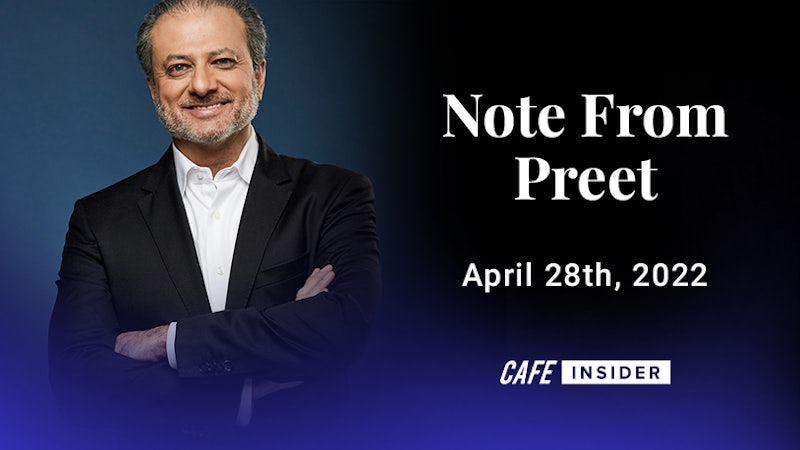Dear Reader,
Read the room! It’s a common and terse admonition, applied when some speaker puts his foot in his mouth, offers a most inappropriate remark, or utterly misunderstands the prevailing sentiment of an audience. I saw the phrase last week on Twitter when stockbroker and radio personality Peter Schiff commented on Ukrainian President Zelensky’s appearance in his joint address to the U.S. Congress. Delivering his remarks remotely from Kyiv, Zelensky wore his now-familiar olive t-shirt, sporting the look of an embattled, survivalist rebel, underdog leader of an impassioned resistance. The speech, which invoked Pearl Harbor and 9/11, seemed to resonate deeply and on a bipartisan basis in the Capitol. It was widely lauded. But Peter Schiff tweeted this takeaway: “I understand times are hard, but doesn’t the President of #Ukraine own a suit?” The ratio was something to behold; thousands mocked his tone-deaf take. Read the room!
While read-the-room is widely seen as a warning not to step in it, sometimes it is inspiring leadership that requires this seemingly simple and intuitive skill. It’s the capacity to take stock of the mood of a group or the arc of an argument and meet the moment by capturing with perfect words what the group is thinking. To read the room is to crystallize the unspoken to moving effect.
I saw two inspiring examples of this in the last week. The first was the nine-minute video posted by actor and former governor Arnold Schwarzenegger on March 17th. He was not addressing an actual room, but sought to read the Russian people, who – if informed and aroused and inspired – might help to put an end to Putin’s senseless war.












